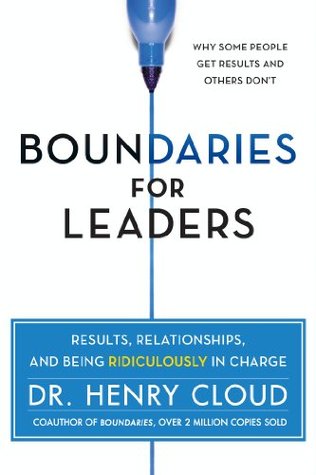More on this book
Community
Kindle Notes & Highlights
by
Henry Cloud
Started reading
January 9, 2020
b. What is not important or destructive is not allowed in—inhibited.
c. There is ongoing awareness of all the relevant pieces required to fulfill the task—working memory.
What structures, disciplines, and practices make sure that your people are attending to what is most important?
What processes do you have in place that are inhibiting what is disruptive, irrelevant, or destructive?
How do you keep people conscious of what they need to be conscious of in order to make it all work?
How do you lead in a way that enables people to attend, inhibit, and remember?
bad meetings are even worse than no meetings at all.
But some way of getting people to attend, inhibit, and remember what they are doing is essential, even if it means changing the meetings you are already having, and having some different ones.
there are tangible benefits when people are clear about where they are headed, energized to go there, and given the freedom to execute their gifts in that direction.
I encourage you once a month, for at least a moment, to pull out the flip charts from your last strategic planning session and ask yourselves together: “How are we doing in what we said we would be doing?”
the leader was also helping them stop doing things that were not working or were not relevant.
when a leader’s functioning as an executive mirrors and ignites the executive functions of his people’s brains, things get better—sometimes really fast.
focusing on the executive functions of “attending, inhibiting, and remembering” is about literally everything.
Basically, multitasking reduces an astronaut’s brain to that of a confused hamster.


